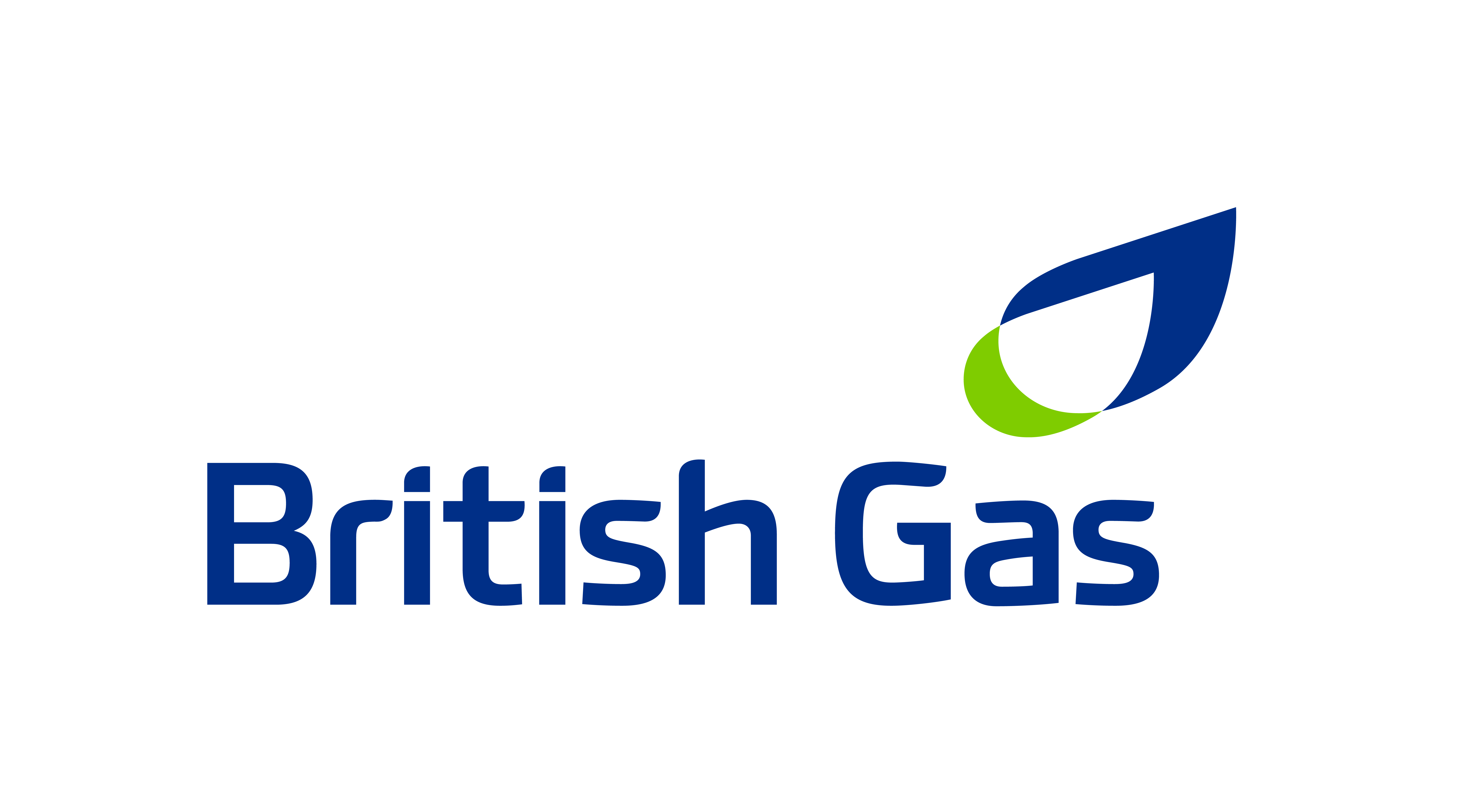You can manage your cookie preferences in the sections below. If you would like to know more, please view our privacy & cookie policy.
Standard variable rate energy tariffs explained
Energy prices are constantly changing, and if you’re on a variable rate energy tariff, your gas and electricity bills will change to reflect this.
What is a standard variable rate tariff?
Variable rate tariffs, also known as a standard variable rate energy tariffs (SVRs), are the default price plans offered by energy suppliers, and often carry the most expensive rate for gas and electricity. You’ll find yourself on one of these tariffs if you’ve let a fixed deal lapse without switching, or if you’ve never switched energy provider.
Variable rate tariffs, like all energy contracts, charge a specific rate for the gas and electricity you use, but the rate on these deals can go up or down in line with fluctuations in the market, meaning there’s no protection against energy price rises.
When you run a standard variable rate comparison, you’ll also be shown the bets fixed rate tariffs so you can make sure you switch to a deal that carries the best possible rate.
What is a variable rate energy tariff?
Variable rate tariffs are often the default option offered by energy suppliers and, as the name suggests, rates can vary depending upon whether your supplier puts its prices up or down. They are often more expensive, and prices can change at any time.Why do variable rate energy prices change?
The rates offered on variable rate tariffs don’t go up and down randomly, they track wholesale energy prices and are adjusted accordingly. Ofgem rules state your supplier must give 30 days’ notice if it plans to put prices up, but a rise or fall in wholesale prices may not immediately be reflected in the rate you pay, if at all – energy providers can be notoriously slow in passing on any drop in prices.
Even if your energy supplier does cut your rate to reflect a drop in wholesale costs, the price difference might be so small that you barely notice it, even on the cheapest variable energy tariffs. This is because wholesale costs account for less than half of your energy bill. Here’s how a typical energy bill is broken down:
- Wholesale energy costs (46.6% )
- Delivery costs (24.3%)
- Government policies (green levies and other initiatives (10.2%)
- Taxes (5.9%)
- Suppliers’ operating costs (9%)
- Supplier’s profit (4%)
What are the best variable rate energy deals?
The standard variable rate table below shows the top variable rate tariffs currently available on the market. To run a variable rate energy comparison to see how any of the following variable electricity tariffs and gas deals compare with the rest of the energy market, enter your postcode below and click the ‘Compare prices’ button.
| Supplier | Tariff | Average Annual Bill* | |
|---|---|---|---|

|
1 Year Fixed + Boiler Cover 27 September 2024 | £ 1,467 | |

|
Fix'd Dual Oct24 v2.0 | £ 1,553 | |

|
The Fixed Tariff v5 | £ 1,555 | |

|
Octopus 12M Fixed October 2024 v1 | £ 1,566 | |

|
Co-op 12M Fixed October 2024 v1 | £ 1,566 |
*Based on usage of kWh of electric per year and kWh of gas per year. Shows average price across all regions. Assumes payment is made by Monthly Direct Debit. Only showing tariffs which are generally available across most of the UK.
Should you switch to a variable rate energy deal?
If you don’t want to tie yourself into a fixed-term deal, say you’re living in rented accommodation on a short-term letting arrangement, then a variable rate electricity and gas plan could be a good option.
On the other hand, if energy prices go up, you could end up paying significantly more than necessary for your gas and electricity, so it’s worth weighing up the pros and cons before you make a decision.
What are the advantages of a variable rate tariff?
-
Flexibility – There’s no contract involved with a variable tariff, so you can switch, without penalty, whenever you want. Although there’s the possibility a drop in wholesale prices could lower your energy bills, this flexibility is probably the main advantage.
-
Notice period - Even if you’re on the receiving end of a price hike, the 30-day notice period means you have plenty of time to compare quotes and switch to a better deal – once you find a deal you’re happy with, the switch should take no longer than 17 days, including a 14-day cooling-off period.
How to switch energy supplier
How to switch energy supplier with UKPower. Simply enter your postcode and we'll compare energy prices from a range of suppliers. You then choose the one you prefer and we'll take care of the rest.
What are the disadvantages of a variable rate tariff?
-
Higher prices – Standard variable rate tariffs are usually the most expensive on offer, so if you’re on one of these plans, you’re probably paying more than you need to for gas and electricity.
-
Price rises – Rates aren’t locked in, as with a fixed rate deal, so a rise in wholesale costs could be reflected in higher energy bills, meaning you might struggle to meet your monthly payments.
-
Budgeting – The risk that prices can go up or down also makes it more difficult to budget from month-to-month.
What happens when your variable rate ends?
You’re not contractually bound to a variable rate energy tariff, which means there’s no end date – your rate simply goes up, down or stays static according to the market and price increases imposed by your supplier.
This means you’re free to switch to a better deal whenever you want, which you should do as soon as possible to lower your annual energy bills. Switch energy with UKPower and start saving today.

